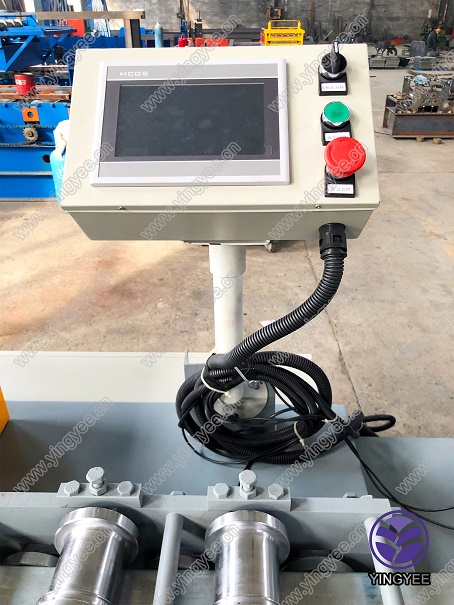
Exploring FrameCAD Rollforming Revolutionizing Construction with Efficiency and Precision
In today's fast-paced construction industry, efficiency and precision are paramount. One of the innovative techniques that have gained significant traction is rollforming, particularly in the context of FrameCAD systems. FrameCAD has emerged as a leader in the rollforming technology domain, providing an integrated approach to cold-formed steel framing that meets the demanding needs of modern construction projects.
What is Rollforming?
Rollforming is a manufacturing process that involves the continuous bending of a long strip of sheet metal into a desired cross-section. This process is typically conducted using a series of rollers that gradually shape the metal into specific designs. The main advantage of rollforming lies in its ability to produce large quantities of products with high precision and minimal waste. This makes it an ideal choice for the construction industry, particularly for applications involving framing systems.
Benefits of FrameCAD Rollforming Systems
1. Speed of Production One of the foremost advantages of FrameCAD rollforming technology is its speed. Traditional construction methods often involve lengthy processes, from cutting and welding to assembling components on-site. In contrast, FrameCAD's rollforming machines can produce steel framing components quickly, allowing for rapid assembly and reducing overall project timelines. This speed is crucial in an industry where time translates to money.
2. Precision and Consistency FrameCAD systems are designed to ensure high levels of precision in production. Each component is manufactured to exact specifications, which minimizes the risk of errors that can occur with manual processes. This consistency enhances the quality of the final structure, ensuring that it meets engineering standards and regulatory requirements.

3. Reduced Waste Rollforming is inherently efficient, generating less scrap material compared to conventional manufacturing techniques. By utilizing precise cutting and shaping methods, FrameCAD systems can optimize the use of raw materials, leading to a more sustainable approach in construction. This reduction in waste not only benefits the environment but can also contribute to lower material costs for contractors.
4. Versatility in Design FrameCAD rollforming technology is not limited to a single type of design. The systems can accommodate a wide range of profiles and sizes, making them suitable for various applications, from residential buildings to commercial structures. This versatility allows architects and engineers more freedom in their designs, enabling them to create innovative solutions that meet specific project requirements.
5. Ease of Assembly Another significant advantage of FrameCAD rollforming is the ease of assembly on-site. The components produced by the system are designed for quick and straightforward installation, often requiring minimal labor. This results in faster construction timelines and less dependency on skilled labor, which can sometimes be a limiting factor in project execution.
6. Enhanced Structural Performance Cold-formed steel, the primary material used in FrameCAD rollforming, is known for its strength and durability. Structures built using this material can withstand various environmental stresses, making them suitable for diverse climates and conditions. The use of FrameCAD systems ensures that every component is engineered to optimize structural performance, enhancing the overall integrity of buildings.
Conclusion
FrameCAD rollforming technology is a game-changer in the construction industry, providing an efficient, precise, and sustainable solution for fabricating steel framing systems. With its numerous benefits, including speed, precision, reduced waste, versatility, and ease of assembly, it's no wonder that more contractors and builders are adopting this innovative approach. As the demand for faster and more efficient construction methods continues to rise, FrameCAD's rollforming systems are positioned to play a critical role in shaping the future of the industry. Embracing this technology not only leads to better project outcomes but also aligns with the evolving standards of sustainability and efficiency that define modern construction practices.